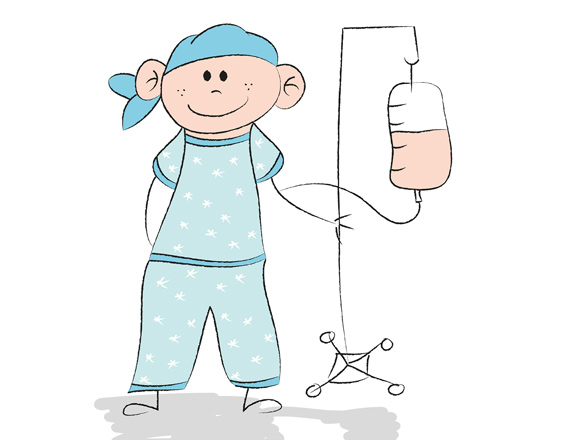By Jeremy Olson
Chemotherapy and radiation treatments have helped children survive cancer. Now University of Minnesota researchers are trying to find the ideal combinations that prevent the disease from coming back.
Comparing outcomes for 22,000 survivors, the researchers found, as expected, that children treated with tumour-killing radiation were at elevated risks of second cancers. But they also discovered that certain chemo drugs increased risks as well.
“We identified some very important dose-response relationships” between chemo drug doses and second cancer risks, said Dr Lucie Turcotte, a paediatric oncologist/haematologist who led the university’s research.
Second cancers were more common in patients who received platinum-based chemo drugs, and breast cancers were more common in patients who received so-called alkylating chemo drugs, the research found.
Chemo drugs generally disrupt the molecular processes that allow cancer cells to multiply. The drugs that increase second cancer risks are still most effective against some tumours, so doctors will need to prescribe them but monitor their patients over time, Turcotte said.
In other cases, doctors can consider different chemo regimens, she said. “We’ve had very good outcomes for many childhood cancers, so we’re at a point where we can start to think about modifying our upfront treatments.”
The study looked for second cancers in patients who first had childhood cancers diagnosed between 1970 and 1999. Results were published last month in the Journal of Clinical Oncology.
Second cancers emerged in nearly 11 per cent of patients who received radiation only, and in 3.9 per cent who received chemo only. The risk of second cancers in chemo-only patients still tripled the risk of first cancers in healthy adults.
A University of Minnesota study years earlier had shown the elevated risk of second cancers in children after radiation, which is now used in a minority of paediatric cases. Turcotte said the latest study was an attempt to find out whether second cancer risks have changed in the paediatric population since that time.
Next, she said she hopes to study a more recent population of child survivors to assess whether second cancer risks are affected by more modern treatments, such as precise proton beam radiation, and therapies that coax the immune system to attack cancer cells.
